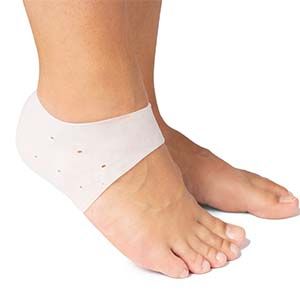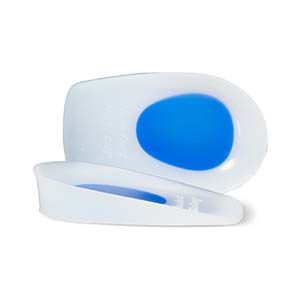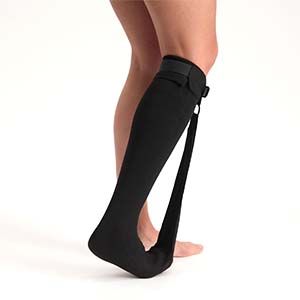Plantar Fasciitis Treatment?
What is Plantar Fasciitis?
Plantar Fasciitis is an overuse injury to the heel. This injury often occurs with athletes and people with a standing profession that tend to overuse the heels. Women are more likely to get this condition than men. Plantar Fasciitis is characterized by a nagging and stabbing pain under the foot at the height of the heel. This pain can radiate to the inside or outside of the foot, and even to the toes.
What is the difference between heel spur and plantar fasciitis?
There is a difference between plantar fasciitis and heel spur. With heel spur, a calcification grows on the heel bone. Plantar fasciitis, or tendonitis, means that the tendon that attaches to the heel bone becomes irritated by excessive pulling forces. They are 2 different injuries with the same symptoms.
What are the complaints of heel spur?
Complaints that belong to heel spurs are sharp, stabbing pains under the heel. This pain is often felt while standing or walking. The pain is often most severe in the morning, and the symptoms decrease slightly during the day. The pain sometimes radiates to the inside or outside of the foot. Sometimes the painful area can feel warm.
What causes it?
Plantar fasciitis is often caused by muscle overload. Many athletes or people with a standing profession experience this. In addition, muscles that are too short, especially in the calves and sole of the foot, are also a cause. A calf muscle that is too short causes the tendon plate to overstretch, which results in overuse. Shoes that provide insufficient support can also cause this condition. In some cases, the cause is an unnatural foot position, such as a hollow foot.
How can it be treated?
The treatment of Plantar Fasciitis and heel spur can be carried out in different ways. Rest is often recommended, after which further consideration is given to adjustment of footwear, wearing insoles, physiotherapy, a night splint and in some cases an injection of corticosteroids. Surgery is only performed for severe complaints that do not disappear after a period of 9 to 12 months of treatment without surgery. You can also cool the painful heel with ice and pay close attention to your posture and do exercises. These exercises are not only good for your foot and calf muscles, but they also make you flexible and stronger!





